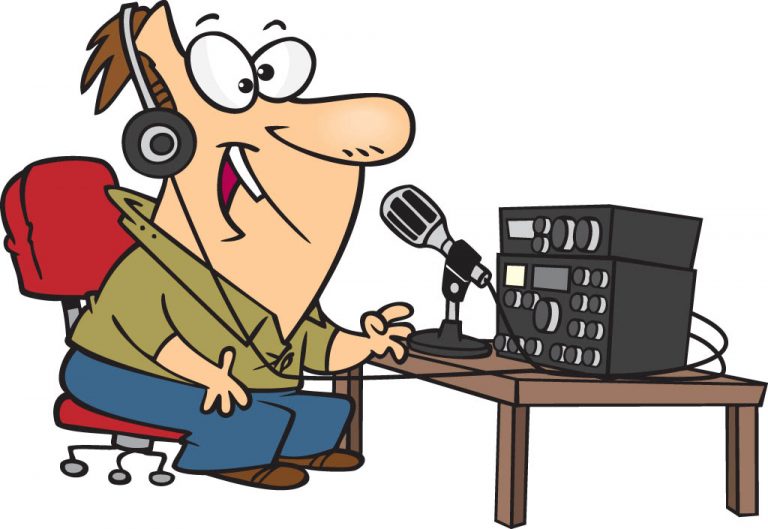What is Amateur Radio
If you were to ask a dozen different amateurs what ham radio meant to them chances are you would get 12 different answers. Radio amateurs have discovered a richly rewarding high-tech hobby that has many different appeals to different people. Whether it is the ability to talk to local friends over the radio waves using a hand-held transceiver (HT), communicating digitally with packet radio to exchange personal messages or vital information in an emergency, talking to other hams anywhere in the world, or engaging in contests with other Radio Amateurs over the airwaves there is something for everyone.
Amateurs are often affectionately called hams or ham radio operators and frequently the public is more familiar with this term than with the legal term Radio Amateur. The source of the name ham is not known but it has been around almost from the beginning of amateur radio radio in the early 1900's. The name amateur has nothing to do with skill or knowledge but rather implies that ham radio cannot be used for commercial or revenue generating purposes. It is truly a hobby but often one that makes a difference especially in emergency or disaster situations.
Amateur radio operators generally use radio transmitters and receivers to communicate with each other. As you will discover in these pages there are many forms of communication although voice (also known as phone) is still the most widely used. Some of the other forms of transmission are Radioteletype (Rtty), Morse code (CW), television, and digital modes such as Packet, Pactor and PSK-31.
Whether you would like to chat with your friends on the way to work or school, check into a net to discuss topics of a mutual interest, or volunteer for emergency services, amateur radio is first and foremost about communication. With hams that means two way communication by radio. Radios can be hand-held transceivers similar to a walkie-talkie, a mobile unit for use in a car or other vehicle, or a base station with an outdoor antenna used for local or distance communication. Regardless of the type of equipment radio amateurs have a wide range of activities they can pursue.
What Hams Do
- Talking with friends within the local community using a hand-held transceiver (HT) on VHF (2 meters) or UHF (70 cm.). You can extend your HT range up to 50 miles or more by transmitting through a local repeater.
- DXing. DX means distance communication and with the right equipment worldwide communication on the HF bands (10 through 160 meters) is a regular possibility. See the section Amateur Radio Bands for a more complete description of the band plans.
- Assisting with emergency and disaster communication. Organizations in the amateur community such as the Amateur Radio Emergency Service (ARES) and the National Traffic System (NTS) prepare amateurs with the training needed to assist in emergency situations.
- Technical experimenting. Hams come from all walks of life ranging from technicians to engineers, teachers to scientists, and students to retirees. For many of them the attraction to the hobby is to build their own equipment whether it is just a simple antenna, something as complex as a transmitter, or an interface between their radio and a computer.
- Contesting. Contesting is often called the "sport" of ham radio. Almost every weekend there is some form of amateur radio contest. Hams get on the air and compete to see who can make the most contacts in a limited period of time. Talk to an astronaut. Yes, it is really possible. Space stations do have ham radio equipment and licensed ham astronauts take the time to make contacts with amateurs on earth. Hams also have satellites where you can bounce a signal to communicate with other hams on earth.
- Use digital communication. Connect a computer to your radio and install some software and you can be communicating digitally over the air. Some of these digital modes can be more effective in marginal transmission conditions and some even sport error free transmission.
- Internet communication. Using some of the latest technologies hams can supplement a modest station with Internet connections. Using features such as URL or IRLP on a local repeater a ham in Toronto can talk to one in Vancouver or even Australia using a simple hand-held transceiver.
To get involved with any of these activities requires an amateur radio license and maybe a little help from a neighborly ham.
